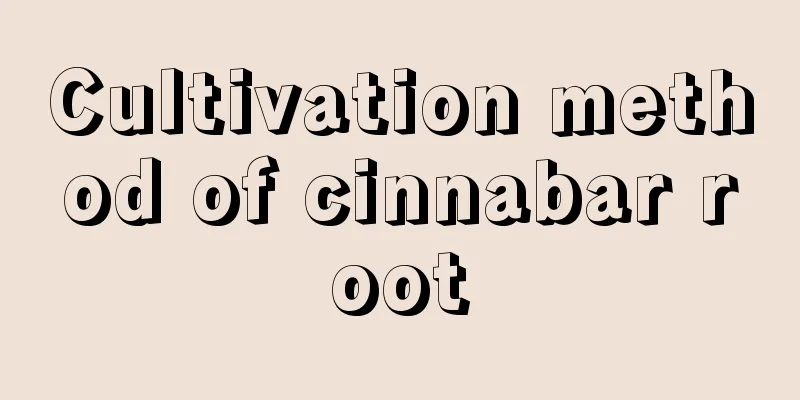What fungicide is good for black spot?

|
Black spot is a bacterial disease that occurs in many plants, such as roses and succulents. At first, round black spots will grow on the leaves, and then the leaves of the plant will wither and turn yellow, and slowly spread to other leaves, and finally the whole plant will die. So what fungicide is good for black spot disease? Let’s take a look below. 1. Introduction to Black Spot Disease 1. Black spot disease is caused by fungi, and round or irregular black spots appear on leaves, petioles, and branches. 2. Black spots generally develop from small spots to large spots, from a small number of spots to a large number of spots, and finally connect into pieces. 3. Black spot disease is prone to occur during high temperatures and high humidity, such as the plum rain and typhoon seasons. 4. The fungus of black spot disease can overwinter in branches or soil. 5. Leaves with black spots will turn yellow and gradually lose their function, become unable to photosynthesize, and eventually fall off. 6. Black spot disease generally does not cause plant death, but only leads to poor growth. But if the black spots are severe and improper maintenance is not done, it will cause death. 2. What fungicide is best for black spot disease? If the black spot disease has just occurred and only a small number of leaves are infected, you can isolate them from other plants to avoid infection. Then pick off the infected leaves, avoid rain, and keep the plant ventilated. If the black spots have spread severely and infected other healthy plants, it is necessary to spray pesticides. Pick off the leaves that are severely infected, and then spray the medicine. The front and back of the leaves, as well as the soil in the pot need to be sprayed. The same medicine cannot be used continuously. It is best to use two or three medicines in rotation. Recommended medications: ethidium bromide, triadimefon, flusilazole, sildenafil, nadiopathic acid, and lunason. 3. How to prevent black spot disease? 1. Increase ventilation (reduce humidity) In summer and autumn, after each watering or rain. Whether potted or planted in the ground, the humidity between the soil surface, branches and leaves will be higher, which can easily cause black spots (especially in the south). At this time, potted plants need to be moved to a more ventilated place, and ground-planted plants must consider the summer ventilation conditions before planting. This is the only way to effectively reduce the incidence of black spot disease from an environmental perspective. 2. Pick leaves One of the purposes of picking leaves is to increase ventilation. After the spring growth, many well-growing plants are lush and green. But too many branches and leaves will hinder ventilation and provide a good living environment for pathogens. Therefore, we can remove some branches or leaves inside plants with too many branches and leaves. Another point, whether it is potted or planted in the ground, when summer comes, you can pick off the leaves at the bottom 10-20cm of the plant (pick higher for large seedlings and 5-10cm for small seedlings). Removing the leaves at the bottom of the plant can prevent bacteria on the soil surface from splashing onto the leaves and causing disease when it rains or waters. 3. Raise the flower pot This article only applies to potted plants. You can put something at the bottom of the flower pot to raise the pot 10-20cm. In rainy and hot seasons, the evaporation of surface water causes the surface humidity to be very high. When the flower pot is raised, not only the distance from the ground is increased, but it is also conducive to ventilation and drainage. 4. Prevention by spraying pesticides Since black spot is a fungal disease, using fungicides is a good preventive measure. Spraying the entire plant with a broad-spectrum fungicide every 10-15 days can effectively prevent black spot disease. That’s it |
<<: Orchid pot planting steps and precautions
>>: How to pollinate orchids and how to make orchid seeds germinate
Recommend
Can grapefruit be potted?
Can grapefruit be potted? Pomelo can be planted i...
How to prolong the flowering period of Strelitzia reginae
Strelitzia flowering period If left to grow freel...
What to do if Daphne odora drops leaves
Metabolism When the Osmanthus fragrans sprouts ne...
How to propagate coral vine
Seed propagation Spring and summer are the best t...
How many times does Mo Lan sprout in a year?
1. How many times does it sprout in a year? Gener...
The two most auspicious shapes of lucky bamboo can be made in 5 minutes, simple and saves money!
How to weave lucky bamboo into a bamboo cage? 8 s...
How much is one pound of Astragalus? Introduction to the price of Astragalus
1. Introduction Astragalus, also known as Huangqi...
The ornamental effect of variegated trachelospermum
The ornamental value of Trachelospermum variegate...
Who is not suitable for raising Monstera
1. People who are not suitable for raising Monste...
How to prune Anthurium
When to prune anthurium Anthurium pruning needs t...
Can I grow mimosa at home?
Can I grow mimosa at home? You can plant mimosa a...
What to do if the leaves of Ficus microcarpa turn yellow and wither
Soil alkalinization Soil alkalinization is a prob...
How to water green radish in winter? It is important to adjust according to the temperature!
1. North Winter is a season that requires us to k...
Disease and Pest Control of Dendrobium officinale
Disease: Black spot When this disease occurs, it ...
What flowers are suitable for growing in Sanya? What are the city flowers and trees?
1. Climate characteristics of Sanya Sanya has a t...









